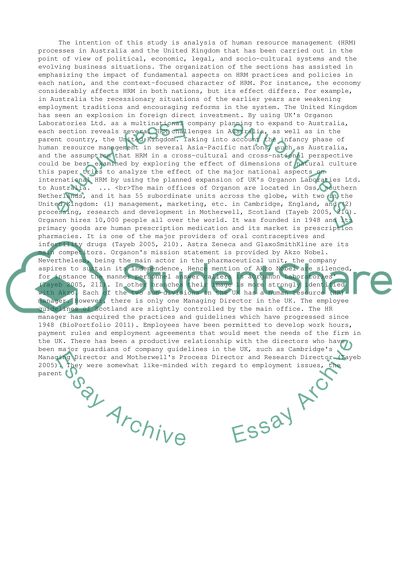Cite this document
(“Analyse the human resource issue relevant to an organization intending Essay”, n.d.)
Retrieved de https://studentshare.org/management/1391717-analyse-the-human-resource-issue-relevant-to-an
Retrieved de https://studentshare.org/management/1391717-analyse-the-human-resource-issue-relevant-to-an
(Analyse the Human Resource Issue Relevant to an Organization Intending Essay)
https://studentshare.org/management/1391717-analyse-the-human-resource-issue-relevant-to-an.
https://studentshare.org/management/1391717-analyse-the-human-resource-issue-relevant-to-an.
“Analyse the Human Resource Issue Relevant to an Organization Intending Essay”, n.d. https://studentshare.org/management/1391717-analyse-the-human-resource-issue-relevant-to-an.


